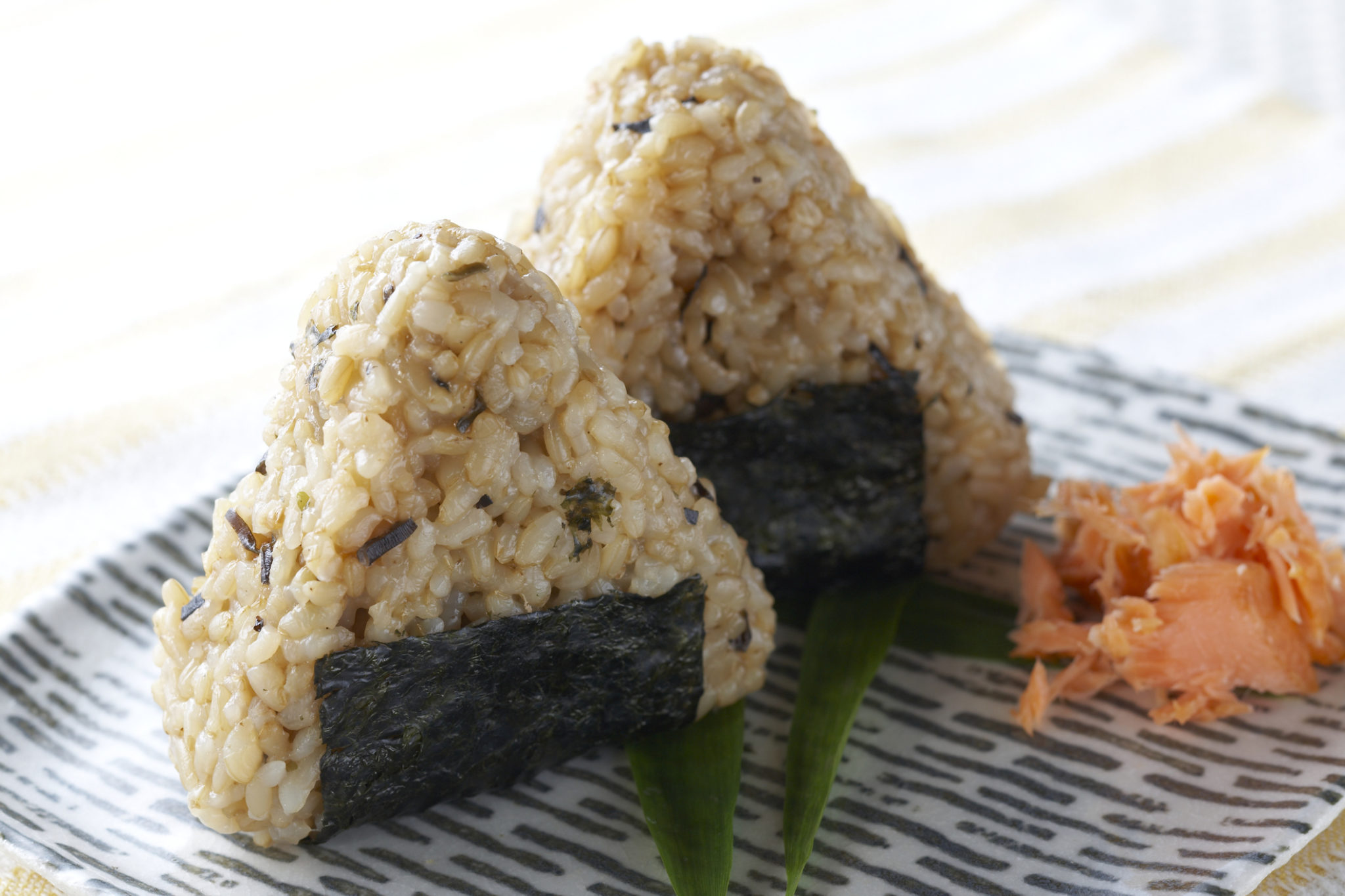Onigiri is a Japanese dish with a history that dates back centuries. These balls of sushi rice are traditionally filled with ingredients like salted fish, pickled ume plums or kelp. Commonly wrapped in nori, onigiri are sold as a quick snack in takeout restaurants and convenience stores all over Japan. However, those taking culinary academy courses should take note of the intriguing spins being put on this convenient and tasty item by chefs in the U.S.:
Making onigiri
A simple onigiri requires only a few basic ingredients. Serious Eats gave directions, which start, of course, with cooking a batch of sushi rice. Once you’ve allow the cooked rice to rest in the sauce pan for 10 minutes, it’s time to throw in some tasty additions.
“Onigiri requires only a few basic ingredients.”
Moisten your hands with salted water to keep the rice from sticking. Then, flatten out a heap of rice and add herbs, seasonings or very finely chopped vegetables. Bon Appetit suggested using toasted sesame seeds and furikake to complement a filling of salted Persian cucumbers. Mix in the seasonings and make a ball, adding an indentation. Place your filling inside and reshape the rice to cover it.
If you prefer a triangular onigiri, shape the ball with the side of a dampened knife. Add a nori wrap to finish off your creation if you like. On the other hand, you can lightly the toast the balls with some soy sauce and sesame oil to make yaki – or “grilled” – onigiri.
Great balls of rice
Some establishments in the U.S. stick to making onigiri in accordance with traditions, like at Omusubi Gonbei in Edgewater, New Jersey’s Mistuwa Marketplace. The Record reported that the takeout counter features rice imported from Japan and that experts traveled across the ocean to launch the venture. Consultant Charlie Shimojo explained the old-school preparation connects the dish with its long history.
“A thousand years ago, all the workers in the fields and the mountains carried rice balls,” he said.
However, many other restaurants have explored the possibilities of using different ingredients in onigiri with addictive results. Short Grain, a food truck based in Charleston, South Carolina, bills itself as “Untraditional Japanese.” The menu centers on rice bowls like the O.G., featuring puffed rice with furikake, locally caught sashimi, ponzu, spicy mayonnaise, masago and pickled cucumbers and ginger. The onigiri are similarly eclectic, with a daily shifting selection containing fillings like pickled green tomatoes or yellowfin tuna and other local fish.
New York City’s Kichin gets even more adventurous with its rice balls by fusing Korean and American influences. Diners may choose from a range of unusual fillings, like avocado and edamame or bacon, egg and cheese. Meanwhile, those looking for Korean-inspired flavors can opt for the bulgogi or crispy chicken.
Onigiri offers chefs the chance to select from a wide range of ingredients and pack them into a tasty package that’s easy to take home. Students in online culinary arts certificate programs can master traditional versions of this dish and then explore bold new approaches.





